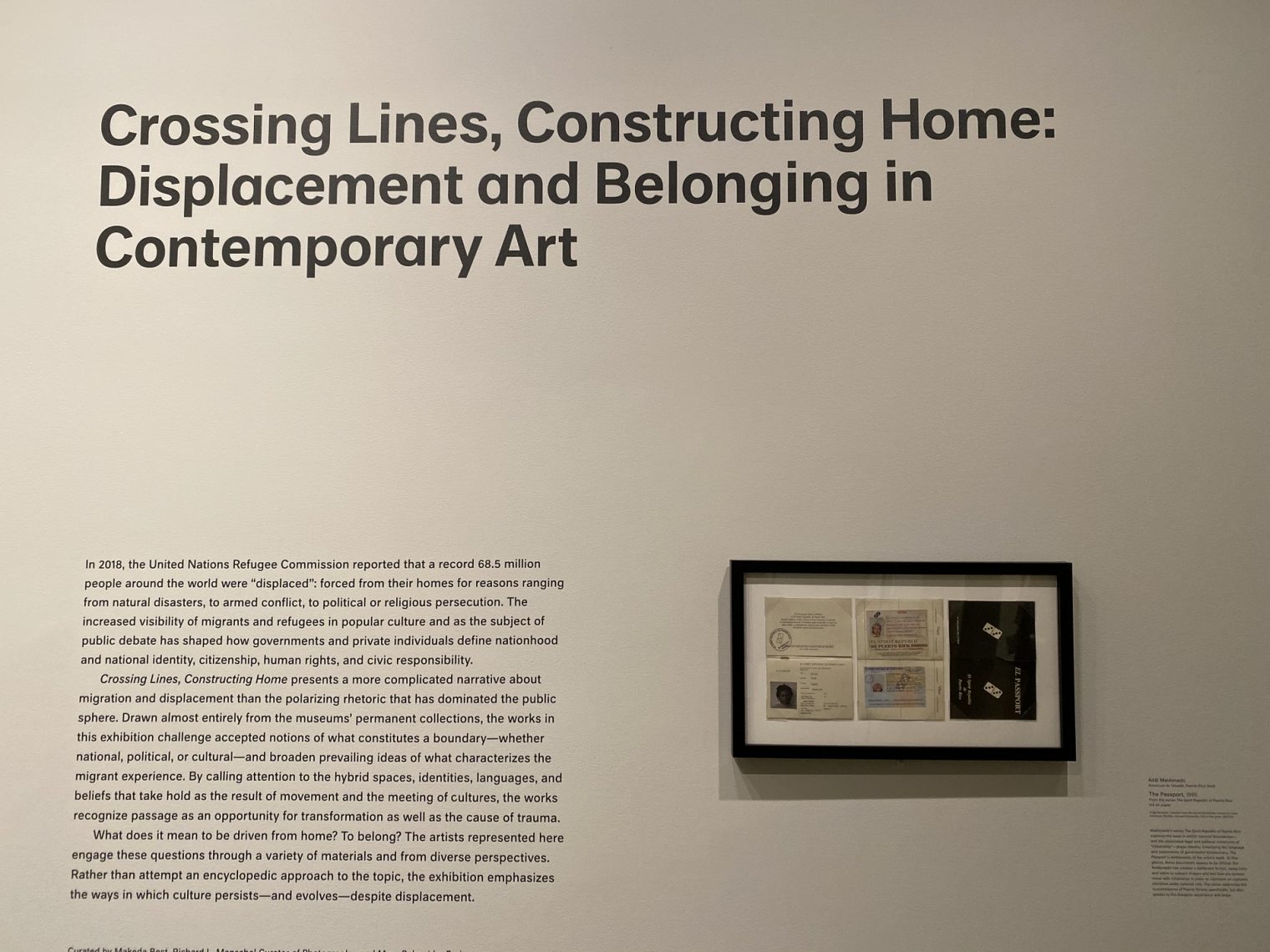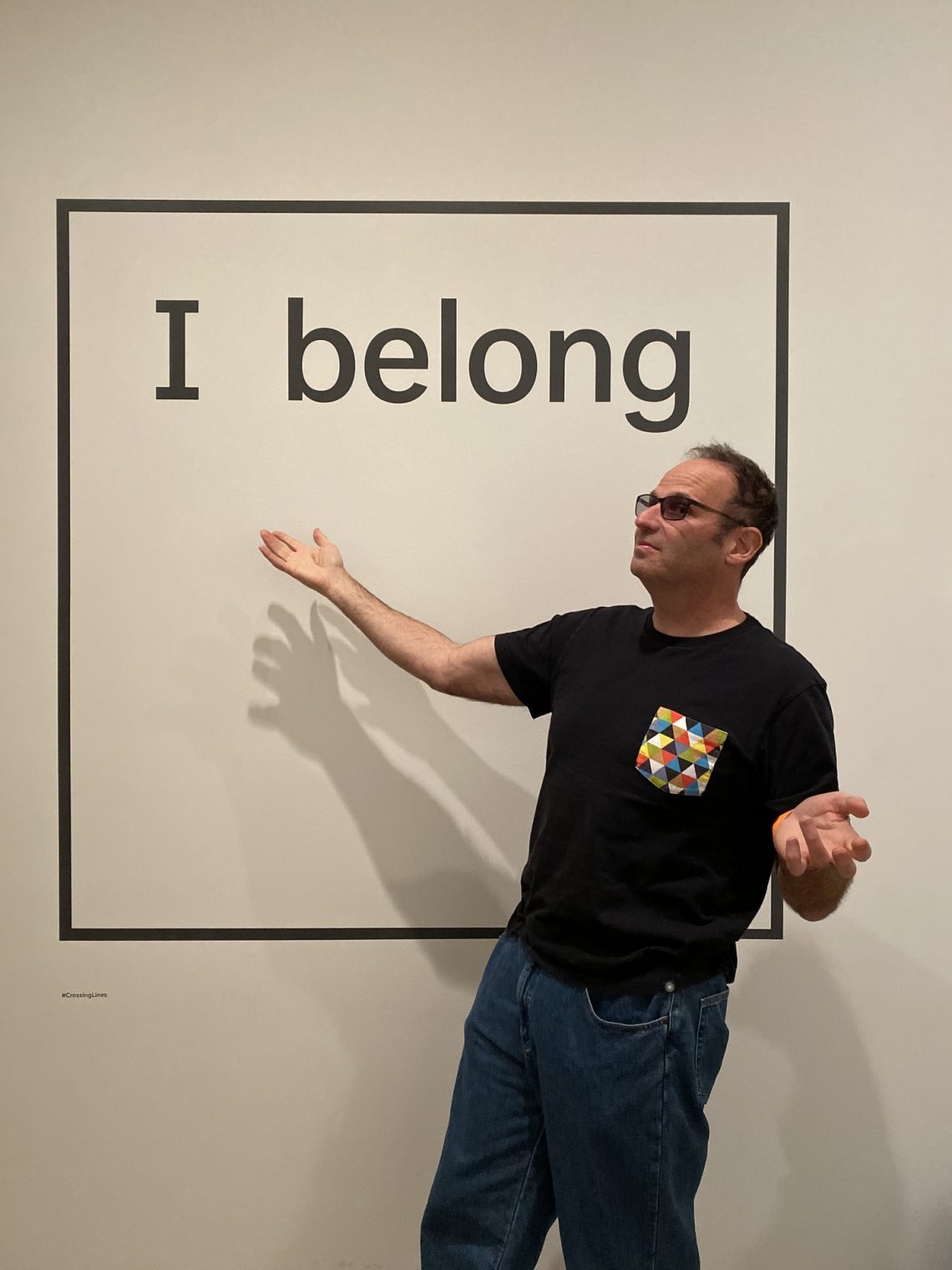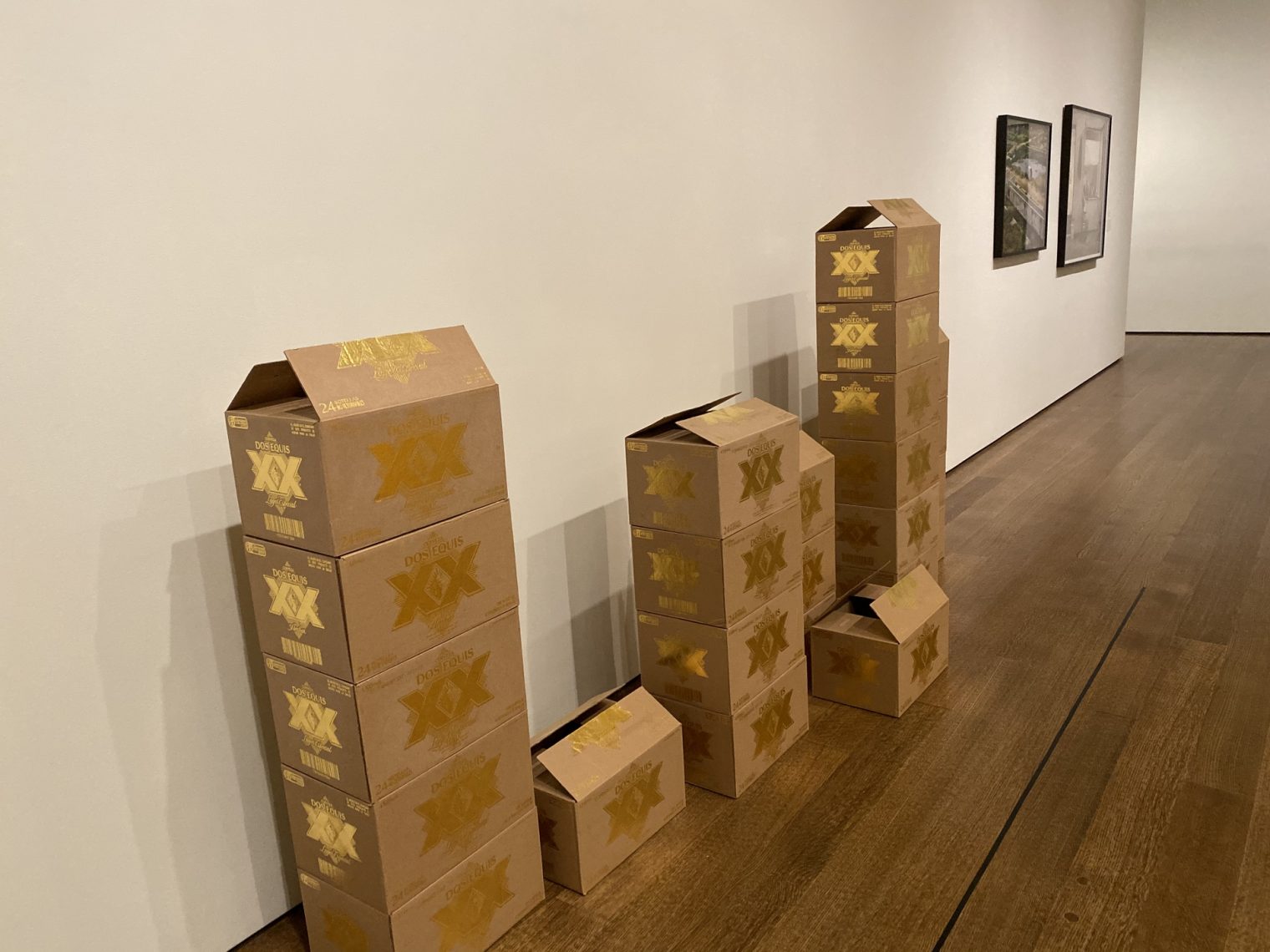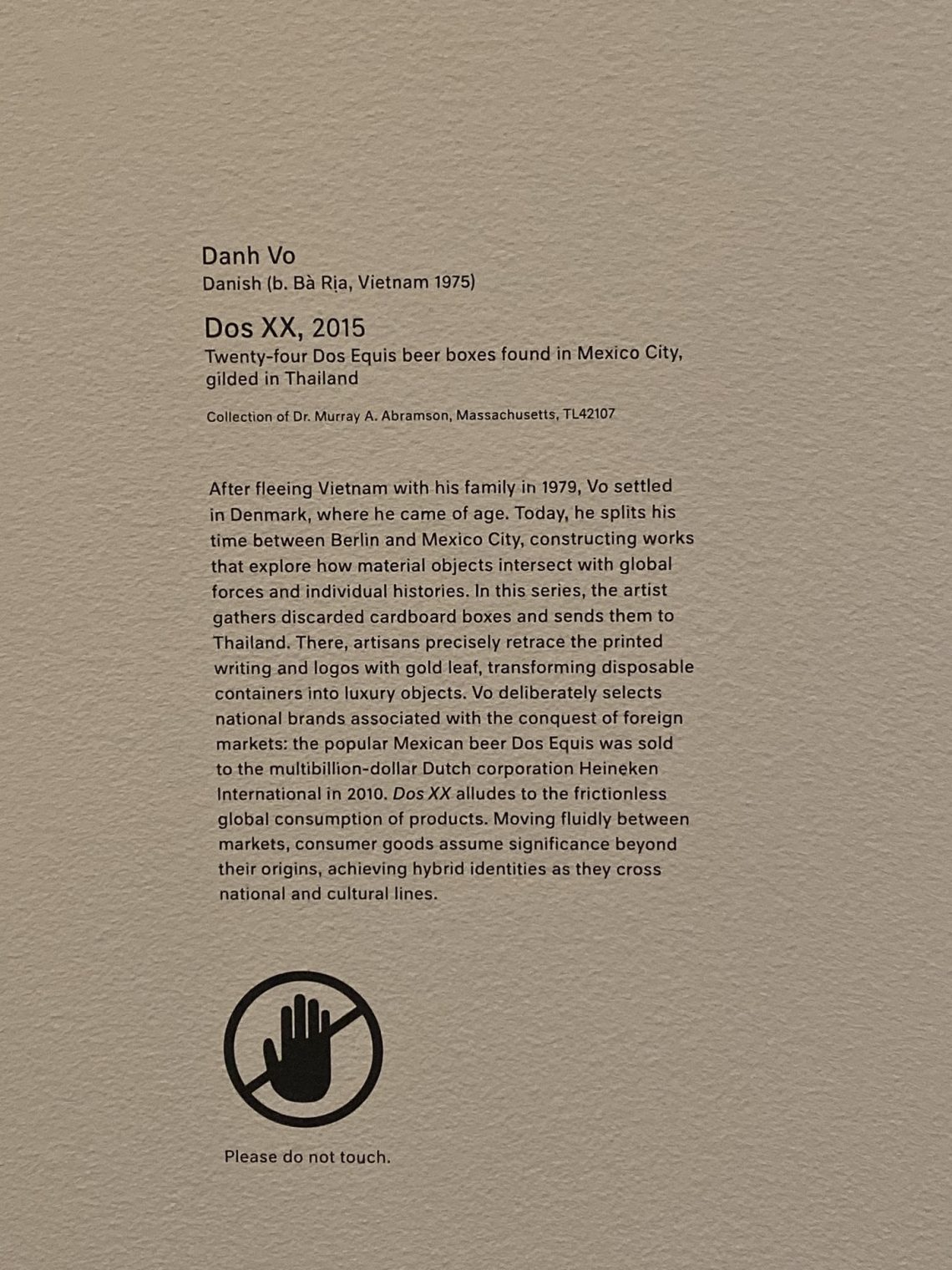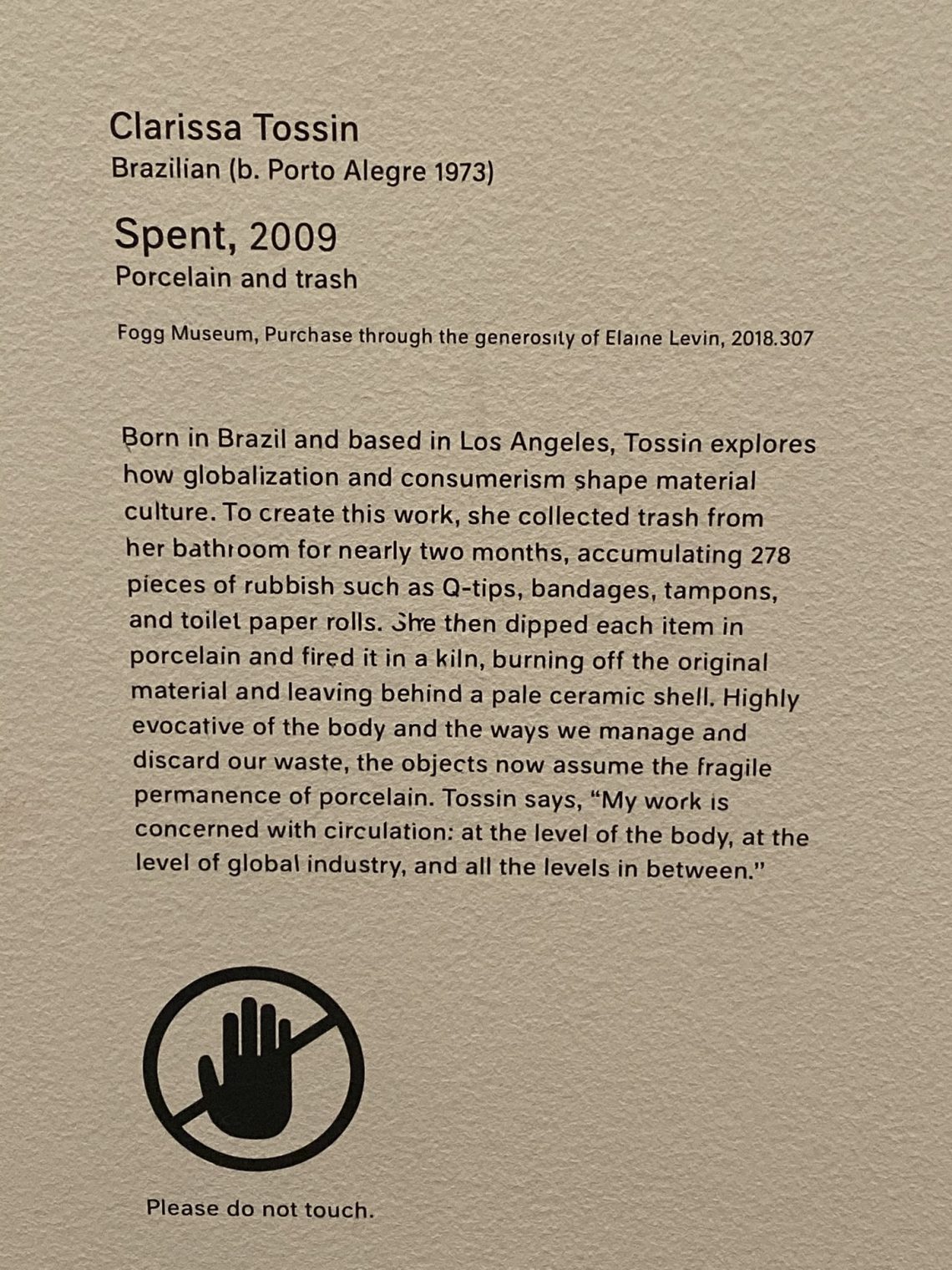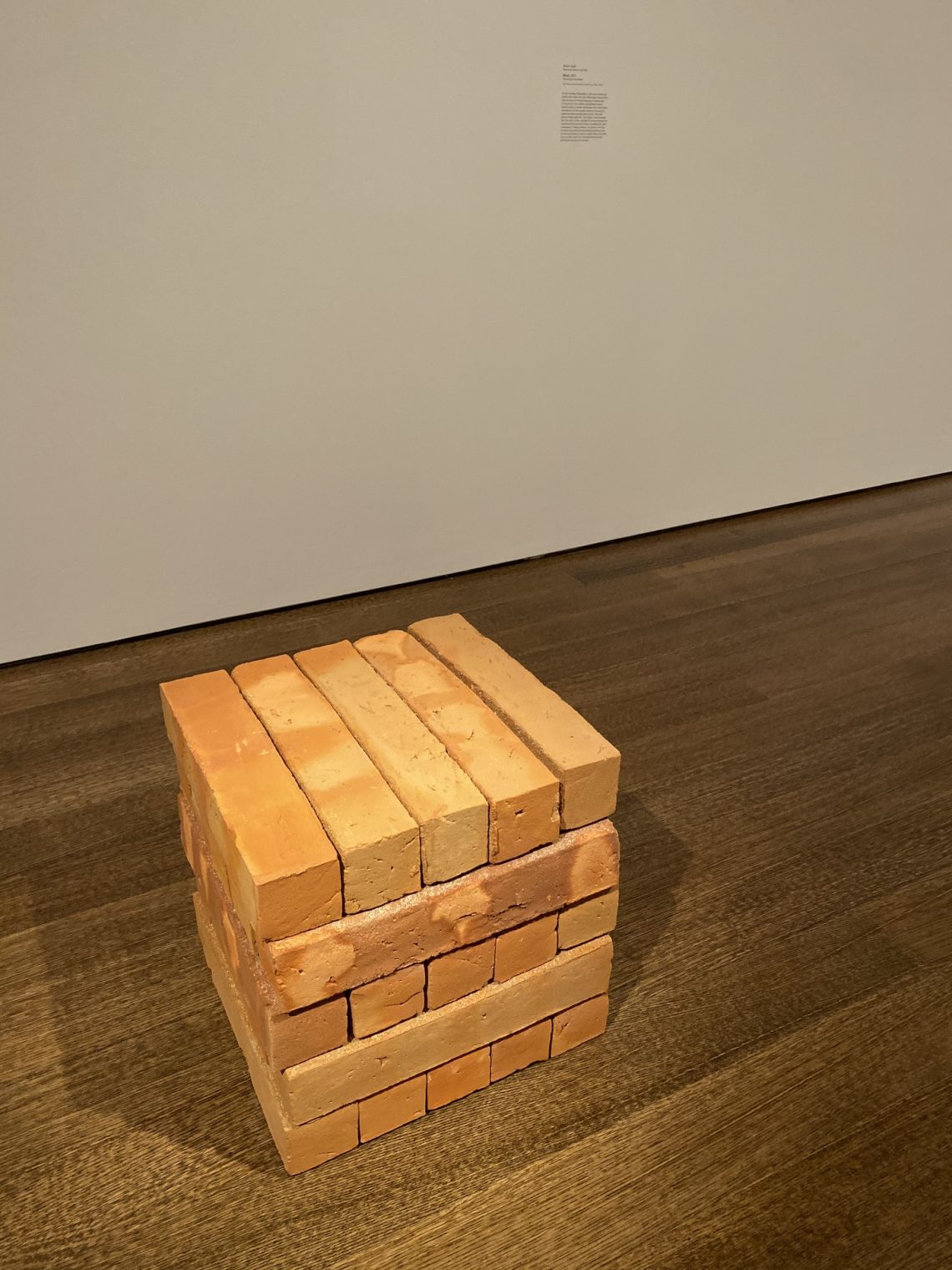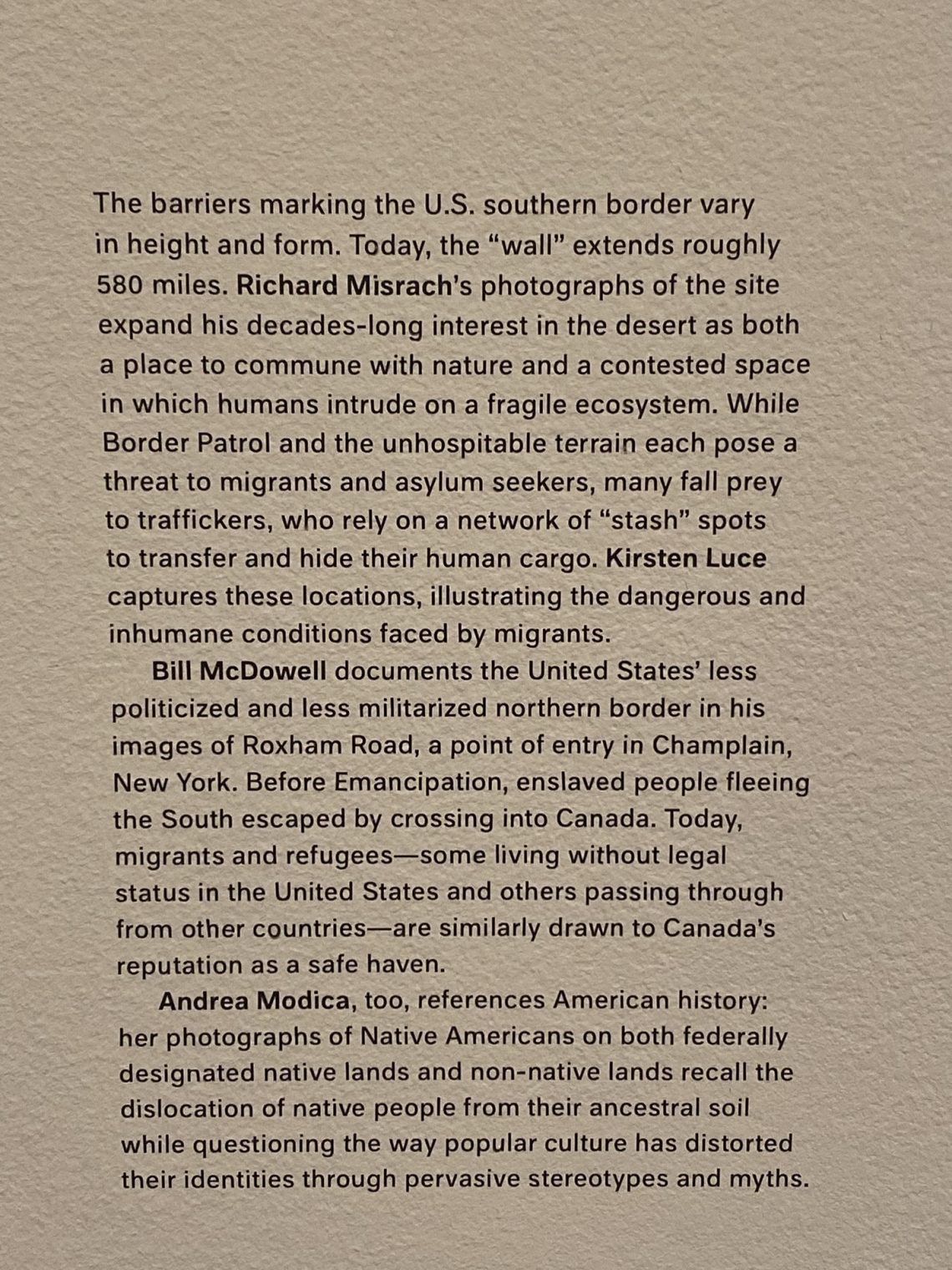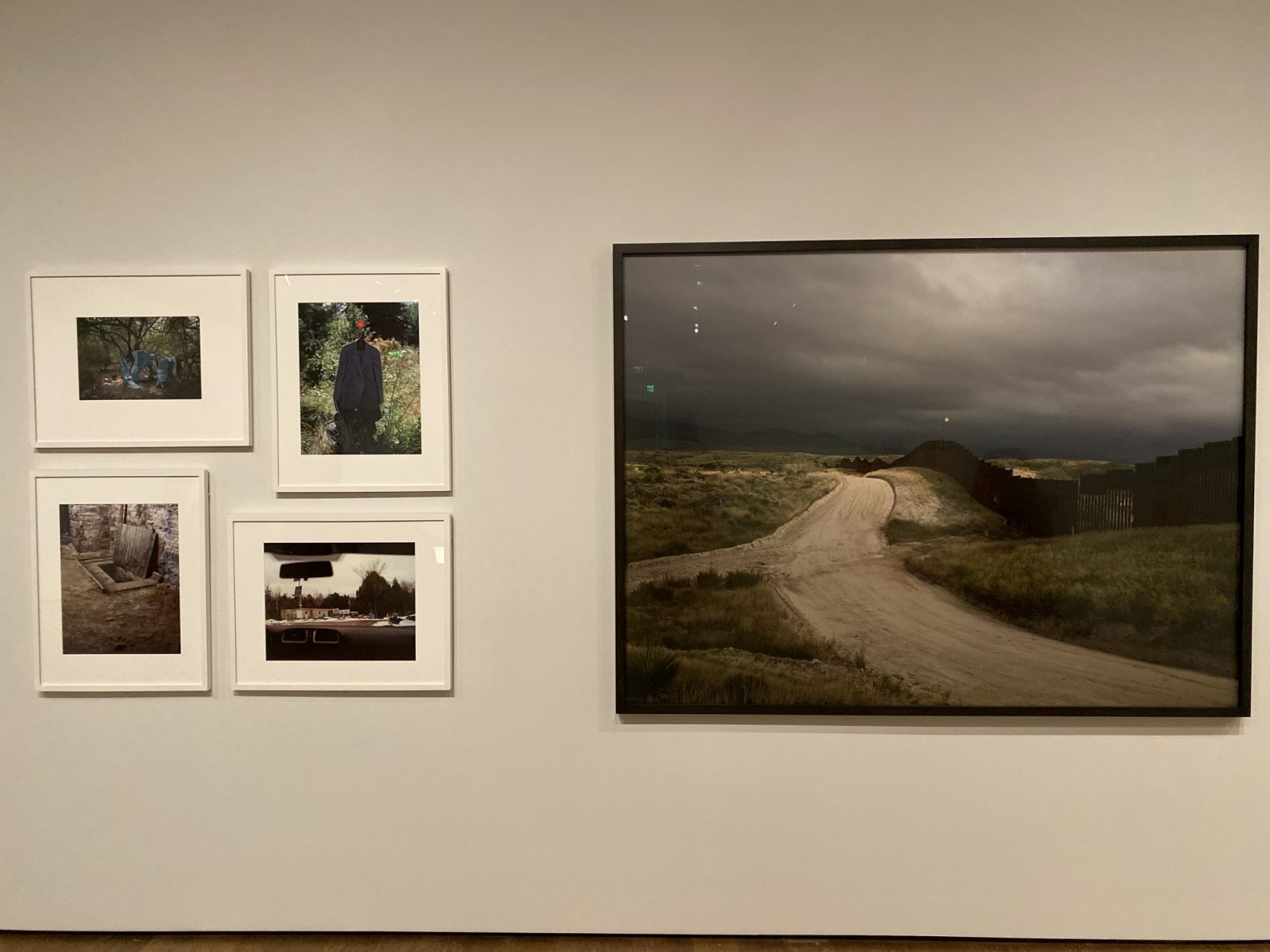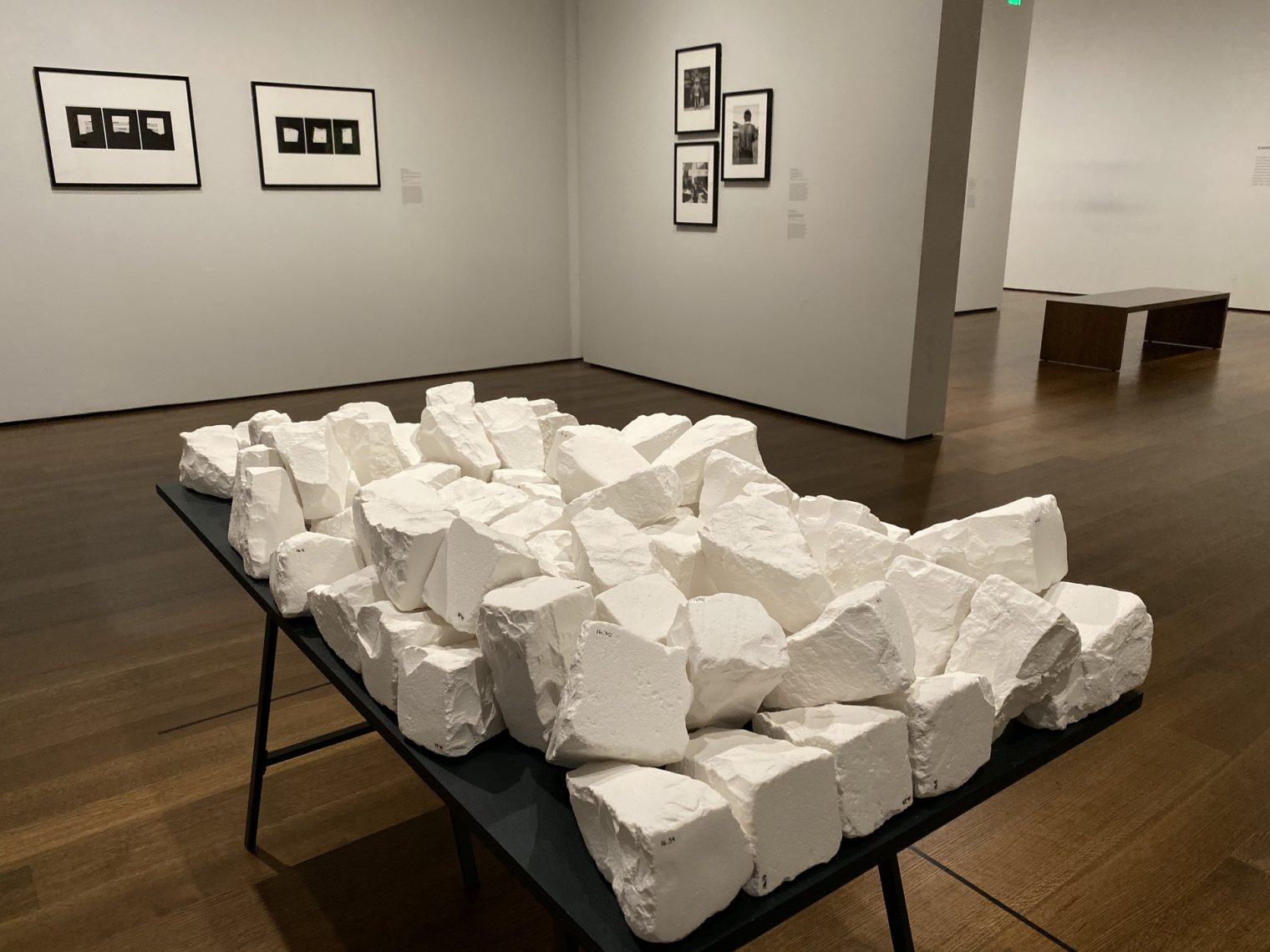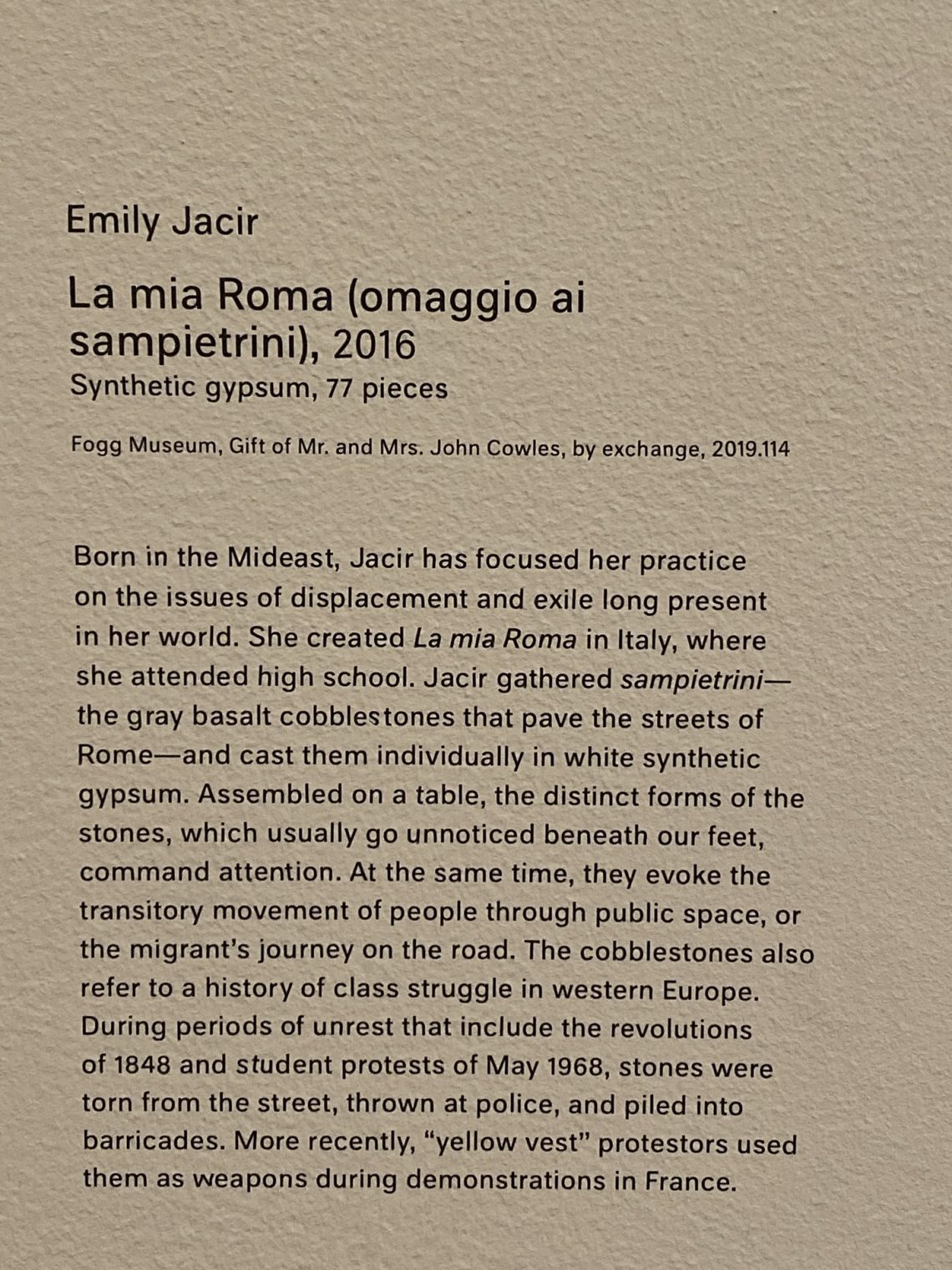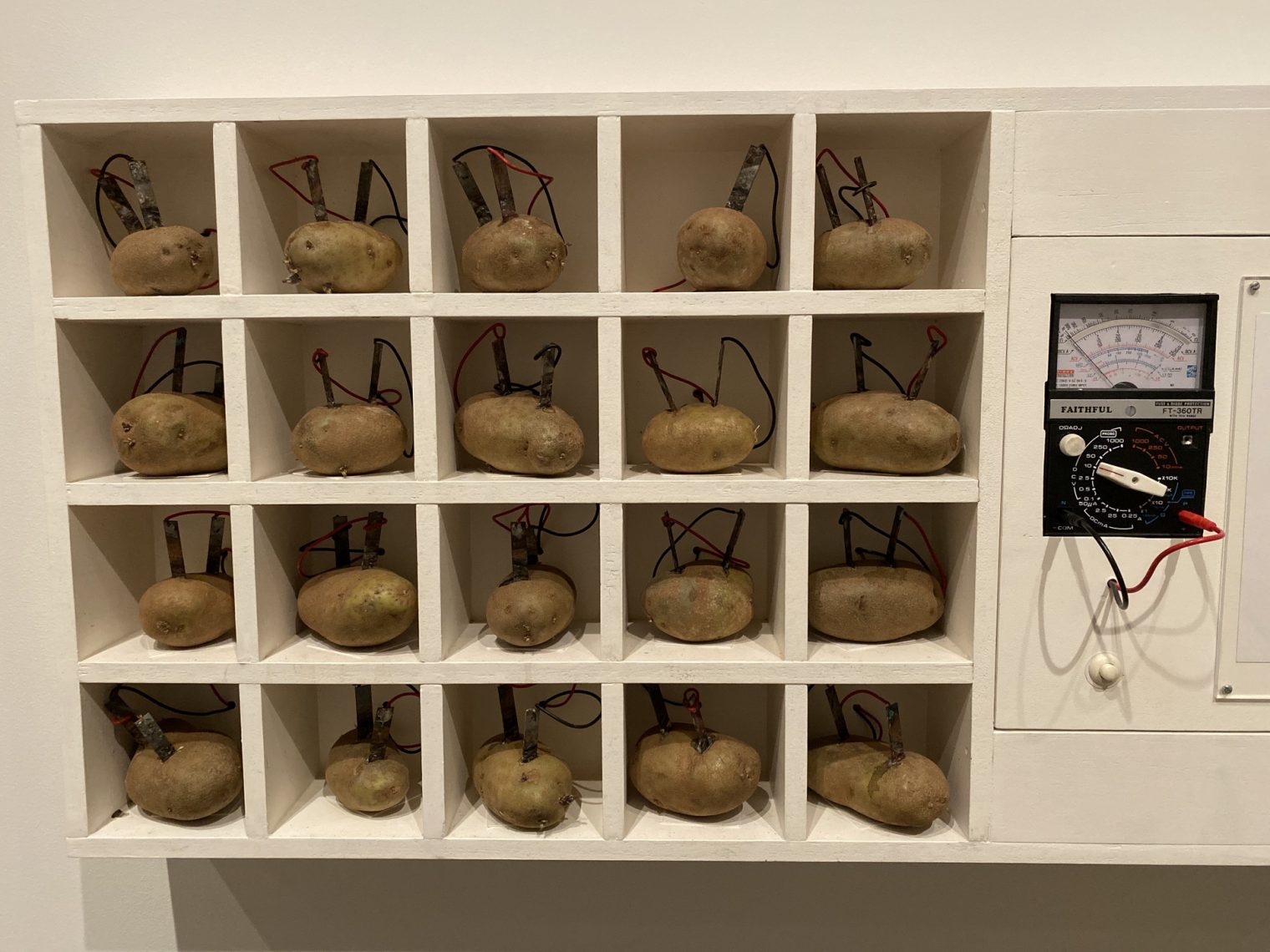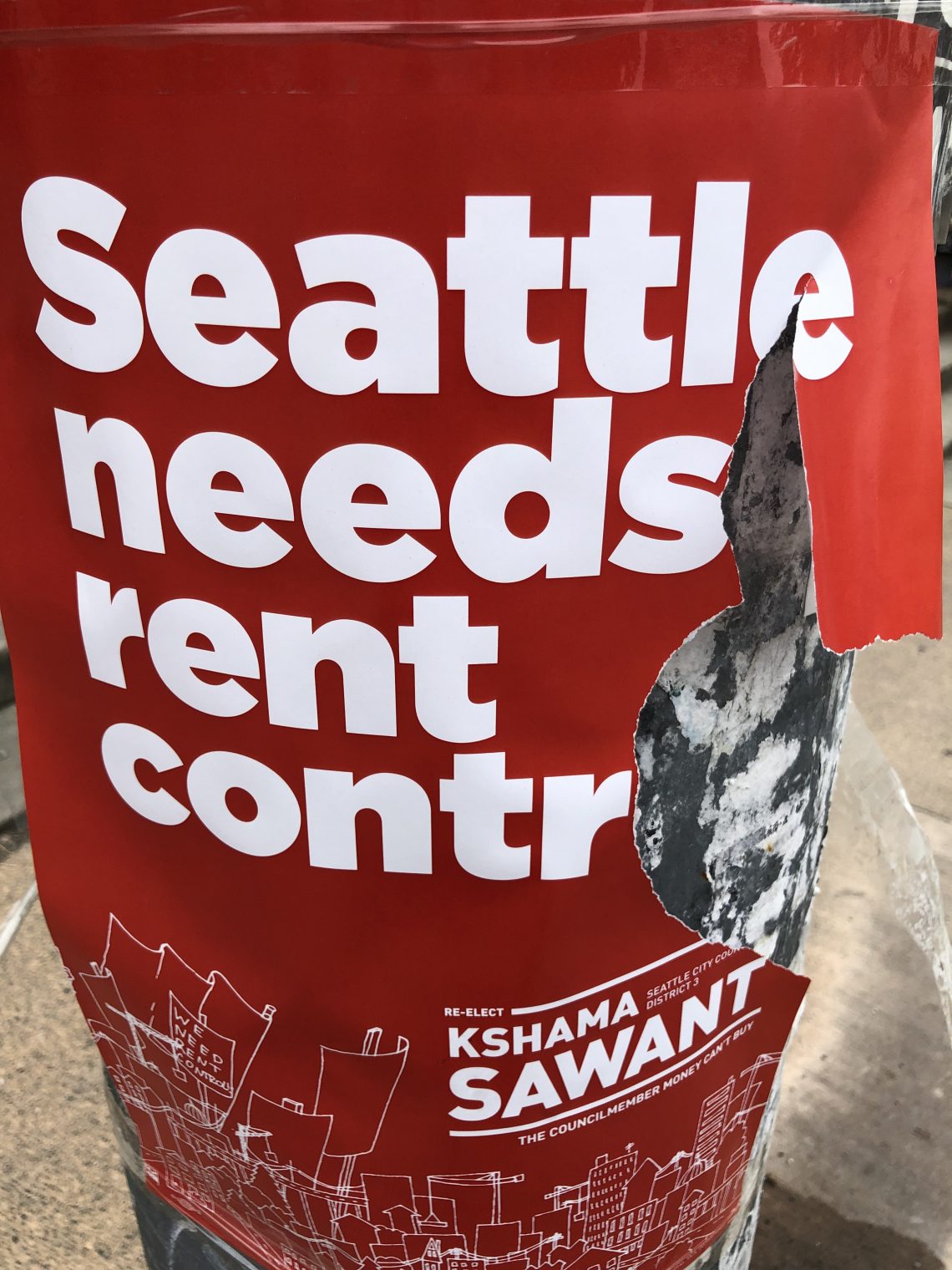The Hebrew Immigrant Aid Society (founded with private money to help Jews settle in the U.S.; currently running with tax dollars to bring in non-Jews) helped set up a protest at National Airport in Arlington, Virginia: “Waiting for Refugees Who Are Not Coming”. They demand at least 95,000 migrants right now.
What if the refugee-migrants did show up? Can they sign up for a taxpayer-subsidized house? From the Arlington ministry of housing:
No. The Housing Choice Voucher Program wait list is closed and we are not accepting new applications. We do not anticipate that the waitlist will be opened for several years. …. The average wait for a voucher is approximately 5 years. There are many families and individuals who have applied for housing assistance and are on the waiting list for the Housing Choice Voucher Tenant-Based program.
Maybe things are better in the semi-private sector? “Arlington’s Affordable Housing Crisis” (Arlington Magazine, February 19, 2019):
Arlington’s affordable housing shortage has grown increasingly dire in recent years. And that’s before Amazon announced plans to bring 25,000 new jobs—and more people needing places to live—to the area.
A county report issued in 2017 surmised that only about 8.2 percent of Arlington’s housing stock—9,369 units—was affordable for households earning less than 60 percent of [area median income].
What about a little farther away? Somewhere else in the Greater D.C. area? “Northern Virginia’s growing crisis in affordable housing” (The Arlington Catholic Herald, August 30, 2019):
Years ago, people with low incomes could easily find a market-rate affordable apartment, that is, a dwelling place in a privately owned complex that had relatively low monthly rent because of the age of the building, lack of amenities or a less desirable location. An apartment is considered affordable if people making 60 percent of the area median income spend 30 percent or less of their income on rent.
Now, those market-rate affordable apartments, also known as MARKs, are nearly gone. Officials in Arlington and Alexandria say they have lost approximately 29,000 MARKs in the past 19 years mostly due to rent increases.
Maybe it was better back in 2013 before Donald Trump ruined everything? “3,600 apply for 122 new Arlington apartments” (Washington Post, 2013).
So… the HIAS folks are standing in a town where, due to population growth and consequent market demand, Americans can no longer afford to live. After commuting in through a multi-hour traffic jam, they’re holding signs demanding the importation of migrants who will need to compete for the same housing supply and highway capacity.
Related:
- What were garages for people born in the mid-20th century will be homes for their children and grandchildren (NYT on California)
Full post, including comments 